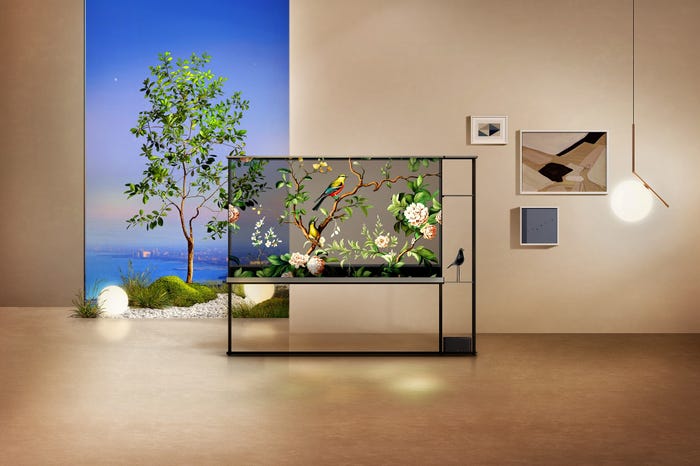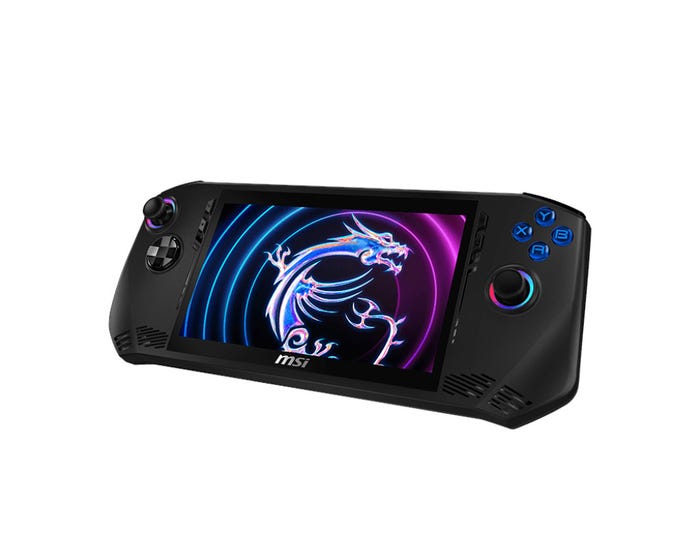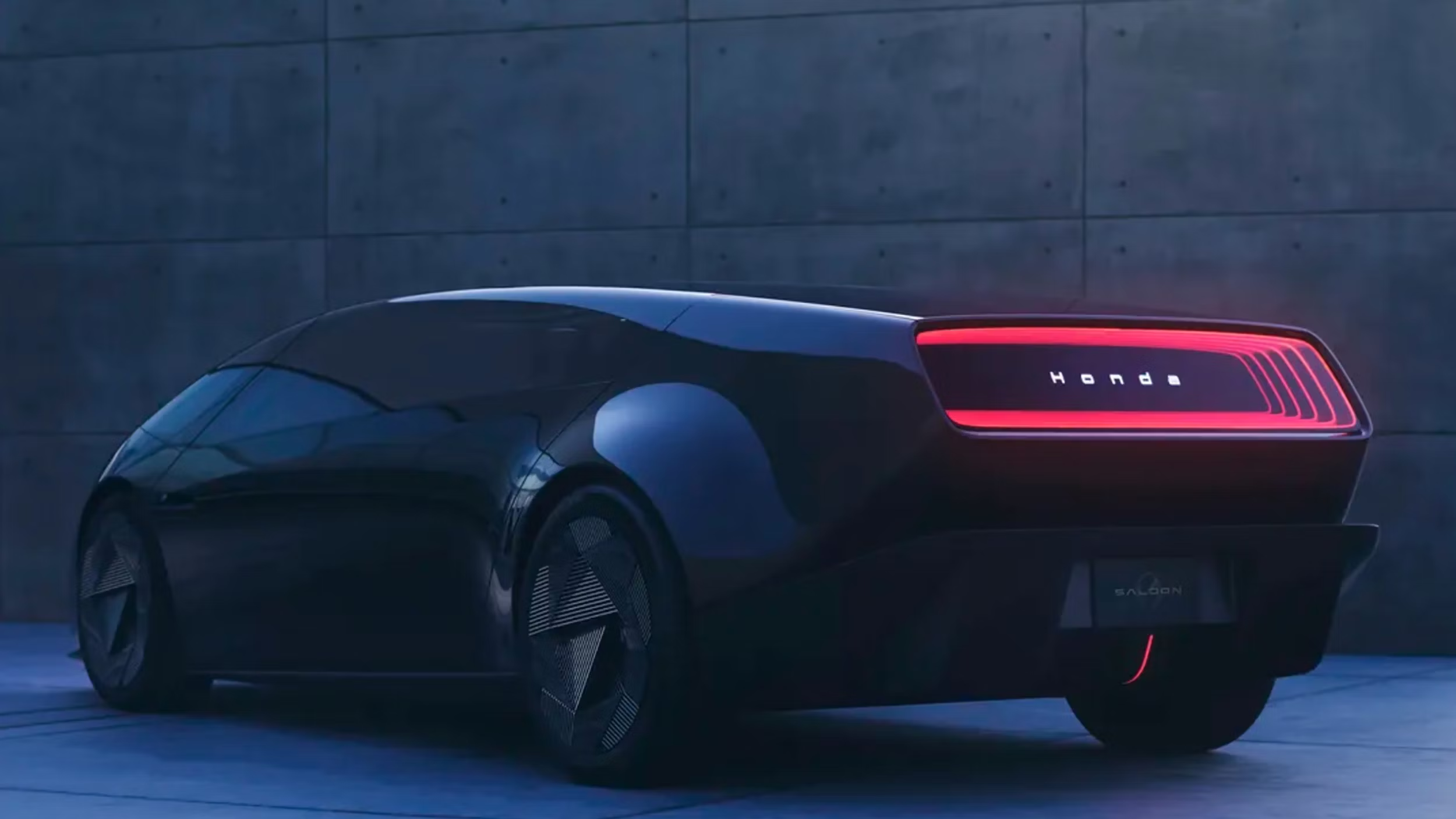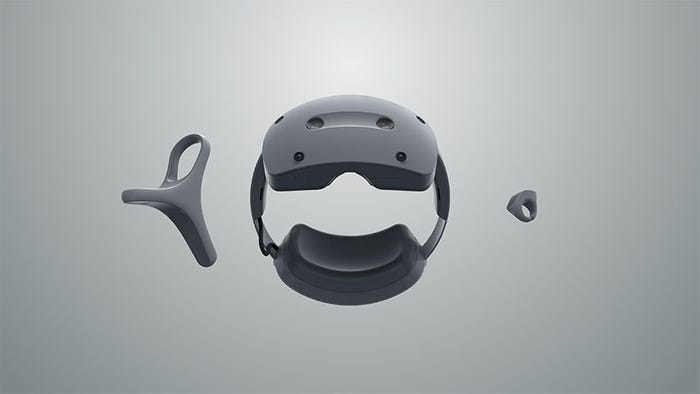Ten interesting and weird things to come out of CES 2024Ten interesting and weird things to come out of CES 2024
As the biggest show in the tech calendar comes to a close, we take a look at some of the biggest announcements, as well as some of the more oddball gadgetry filling the halls of CES 2024.
January 12, 2024

Samsung’s transparent Micro LED displays
Samsung unveiled its transparent Micro LED displays at a pre-show event, and said: “Transparent LEDs are poised to redefine viewing experiences, making the line between content and reality virtually indistinguishable.”
The black screen has been replaced by a transparent one which apparently eliminates seams and light refraction. This allows the transparent Micro LED to create a ‘clear, unobstructed picture for various use cases in both homes and B2B environments.’
LG Signature OLED T
In other see-through TV news, LG claims its LG Signature OLED T is the world’s first wireless transparent OLED TV, which ‘liberates users from a dominant black screen that competes with the décor in their home.’
It’s a 77-inch screen with a transparent display which is apparently practically invisible when turned off. As LG excitedly explains: “LG’s transparent OLED lets owners discover new forms of entertainment and use via its dual viewing experiences: transparent and opaque. The OLED T becomes a transparent digital canvas for showcasing artwork, videos or photos with the Always-On-Display (AOD) feature. Content displayed on the transparent screen appears to float in air, yet simultaneously fuses with the surrounding space to create a compelling and atmospheric visual effect.”

Asus Zenbook Duo
Much like smartphones, it’s not often new laptop models play around with the basic established form factor in any meaningful way. The Asus Zenbook Duo aims to do just that, however – with two 14-inch 3K 120 Hz OLED touchscreens and a detachable keyboard, which nestles between the screens when being carried about.

MSI Claw
This gaming handheld gathered a bit of buzz. It’s a handheld gaming PC, essentially a competitor to the Steam Deck, which comes in three variants of component innards of tiered performance. It comes packed with the latest Intel Core Ultra 7 processor 155H, RGB lighting, and is Wi-Fi 7 ready.

Honda 0 series
The Honda 0 Series is a new range of electric vehicles that will launch in 2026, and at CES the firm gave the world premiere of two concept models called the Saloon and Space-Hub.
They’re just concepts, so are more about intention and design than anything else, but what’s described are electric cars with all the technological bells and whistles it is conceivable to stuff in such a thing.
It wouldn’t be CES without some outlandish, teched up car concepts, and you can always count on a bit of high-minded corporate waffle to go along with them. “The Honda 0 Series is a new EV series that symbolizes how Honda is undergoing a major transformation in line with its Global Brand Slogan and electrification policy. The series name represents Honda’s determination in taking on this challenge of developing new EV series by going back to the starting point of Honda as an automaker and creating completely new EVs from “zero.””

The Rabbit R1
This AI-based gadget can do a number of smartphone like tasks, but rather than scrolling through apps the idea is you instead talk to it and it uses AI to complete the requested task via a natural language interface. You can order it to play music, send messages or book an Uber by just asking it, much like having a small butler in your pocket. It’s a bit like the Humane AI Pin – so perhaps this is the beginning of a new segment.

LG Smart Home AI Agent
This spears to be sort of small two legged robot that LG claims can navigate around the house independently, ‘verbally interact’ with users – that’s talking to you and I – and ‘express emotions through movements made possible by its articulated leg joints’ – which is one way of doing it. It’s basically a moving smart home hub, or as LG puts it: “An all-around home manager and companion rolled into one, LG’s smart life solution enhances users’ daily lives and showcases the company’s commitment to realizing its “Zero Labor Home” vision.”
“When the user returns home, the AI agent greets them at the front door, discerns their emotions by analysing their voice and facial expressions, and selects music or other content to suit their mood. It also assists users in their daily lives by providing transportation details, weather updates, personal schedules or reminders to take medications.”

Intel’s AI-enhanced SoC’s
Intel announced a raft of new AI-enhanced ‘software-defined vehicle’ system-on-chips (SoCs), which are designed to enable the ‘most desirable’ in-vehicle AI use cases, such as driver and passenger monitoring. In a demo it showed off 12 ‘advanced workloads’ – including generative AI, e-mirrors, high-definition video conference calling and PC games – running concurrently across multiple operating systems.

Hyundai S-A2
Supernal is Hyundai’s Advanced Air Mobility (AAM) company, and it launched the S-A2 electric vertical takeoff and landing (eVTOL) vehicle product concept at the show.
It’s a V-tail aircraft designed to cruise 120 miles-per-hour at a 1,500-foot, featuring a distributed electric propulsion architecture and eight all-tilting rotors. Supernal reckons the thing will operate as quietly as a dishwasher – specifically 65 dB in vertical take-off and landing phases and 45 dB while cruising horizontally.

Sony’s ‘immersive spatial content creation system’
This set up, currently being tinkered with at Sony, includes an XR head-mounted display equipped with high-quality 4K OLED Microdisplays, ‘video see-through’ function, and a pair of controllers for interacting with 3D objects and precise pointing. The system is aimed at creators producing 3D content and will be available later in 2024.
Seemingly it’s something along the lines of Apple Vision Pro but with a specific audience in mind, of which an announcement of its imminent arrival somewhat pre-empted this year’s tech mega-show.

About the Author
You May Also Like










.png?width=300&auto=webp&quality=80&disable=upscale)


_1.jpg?width=300&auto=webp&quality=80&disable=upscale)